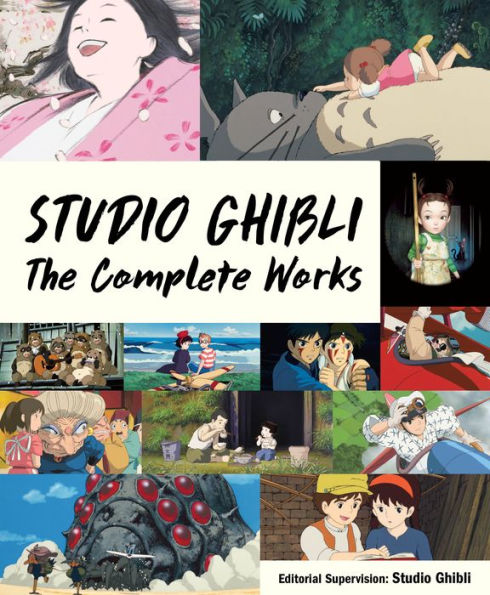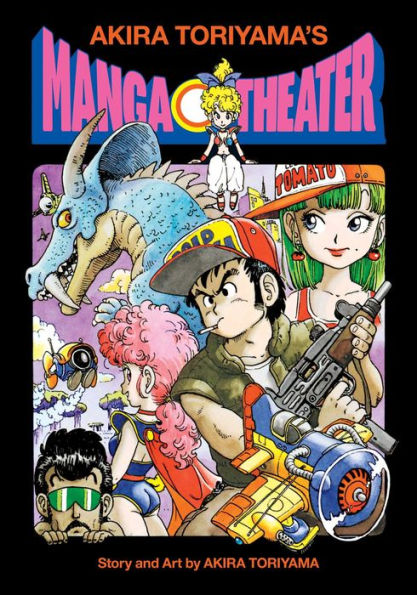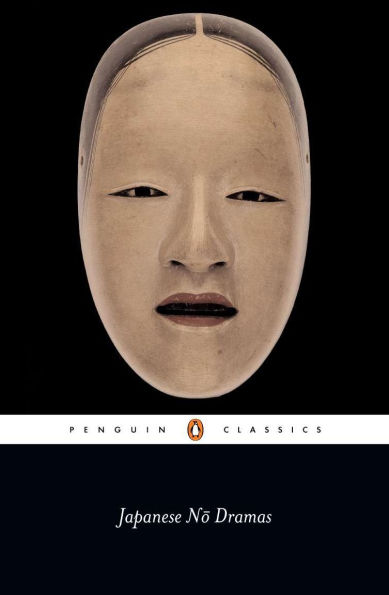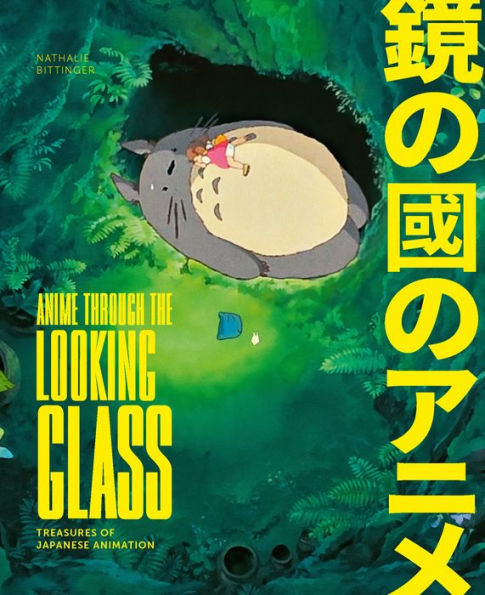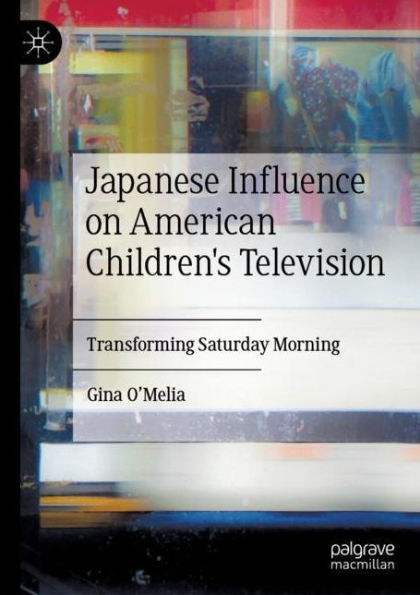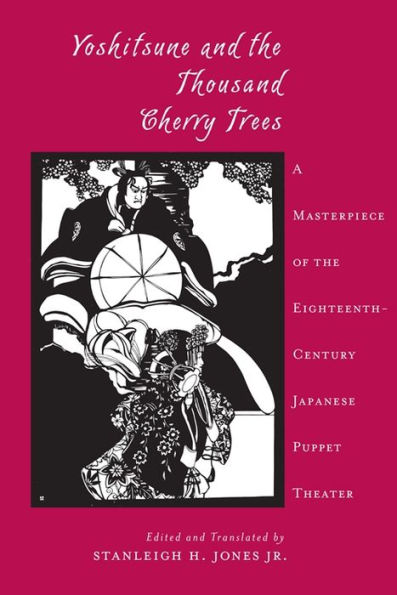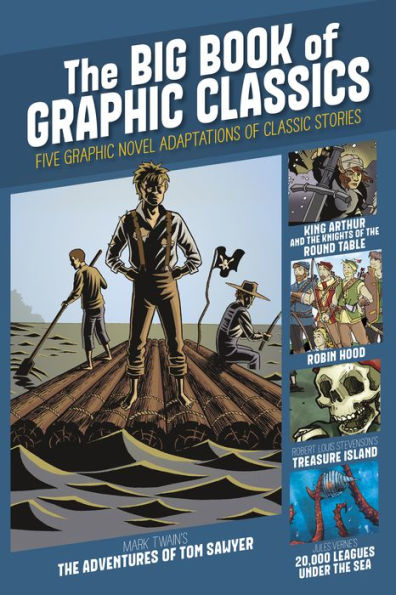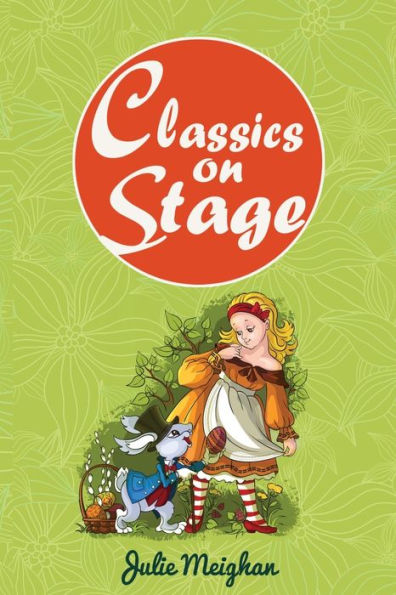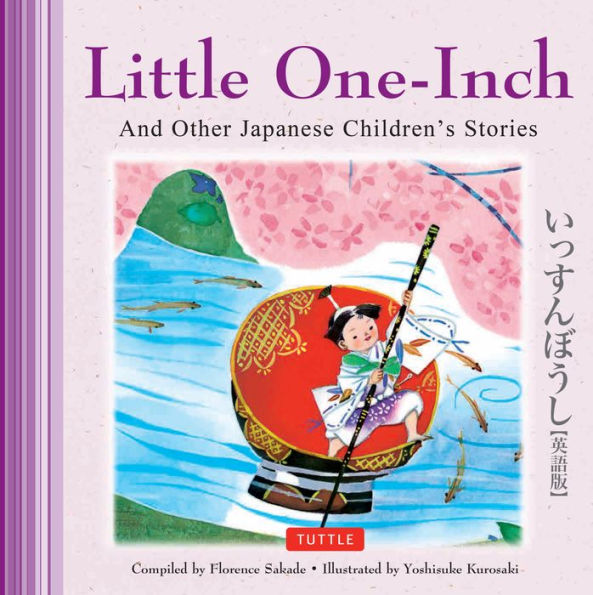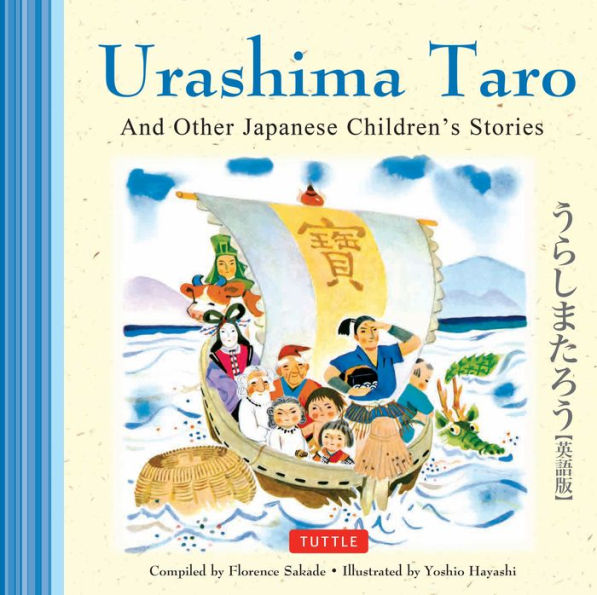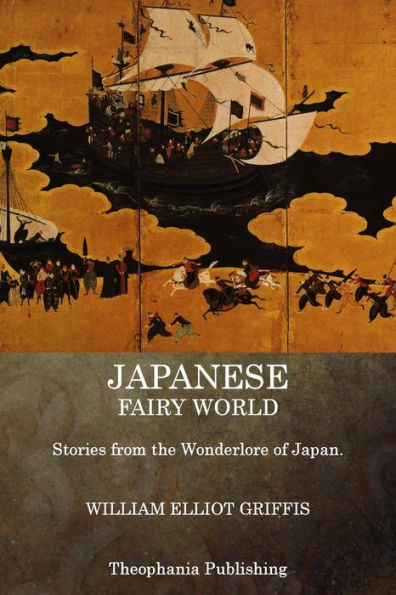Home
Rediscovered Classics of Japanese Animation: the Adaptation Children's Novels into World Masterpiece Theater Series
Barnes and Noble
Loading Inventory...
Rediscovered Classics of Japanese Animation: the Adaptation Children's Novels into World Masterpiece Theater Series in Bloomington, MN
Current price: $120.00

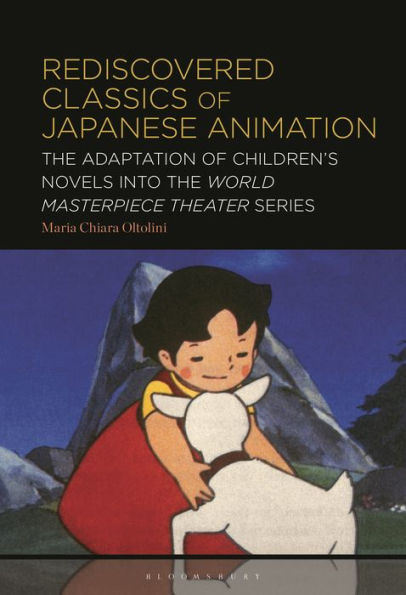
Rediscovered Classics of Japanese Animation: the Adaptation Children's Novels into World Masterpiece Theater Series in Bloomington, MN
Current price: $120.00
Loading Inventory...
Size: Hardcover
Rediscovered Classics of Japanese Animation
is the first academic work to examine
World Masterpiece Theater
(
Sekai Meisaku Gekijô
, 1969-2009), which popularized the practice of adapting foreign children's books into long-running animated series and laid the groundwork for powerhouses like Studio Ghibli.
Sekai Meisaku Gekijô,
1969-2009) is a TV staple created by the Japanese studio Nippon Animation, which popularized the practice of adapting foreign children's books into long-running animated series. Once generally dismissed by critics, the series is now frequently investigated as a key early work of legendary animators Isao Takahata and Hayao Miyazaki. In the first book-length examination of the series, Maria Chiara Oltolini analyzes cultural significance of
, and the ways in which the series pioneered the importance of children's fiction for Japanese animation studios and laid the groundwork for powerhouses like Studio Ghibli.
Adapting a novel for animation also means decoding (and re-coding) socio-cultural patterns embedded in a narrative.
stands as a unique example of this linguistic, medial, and cultural hybridisation. Popular children's classics such as
Little Women
,
Peter Pan
, and
Anne of Green Gables
became the starting point of a full-fledged negotiation process in which Japanese animators retold a whole range of narratives that have one basic formula in common: archetypal stories with an educational purpose. In particular, the series played a role in shaping the pop culture image of a young girl (
shôjo
).
Examining the series through the lens of animation studies as well as adaptation studies, Oltolini sheds new light on this long-neglected staple of Japanese animation history.
is the first academic work to examine
World Masterpiece Theater
(
Sekai Meisaku Gekijô
, 1969-2009), which popularized the practice of adapting foreign children's books into long-running animated series and laid the groundwork for powerhouses like Studio Ghibli.
Sekai Meisaku Gekijô,
1969-2009) is a TV staple created by the Japanese studio Nippon Animation, which popularized the practice of adapting foreign children's books into long-running animated series. Once generally dismissed by critics, the series is now frequently investigated as a key early work of legendary animators Isao Takahata and Hayao Miyazaki. In the first book-length examination of the series, Maria Chiara Oltolini analyzes cultural significance of
, and the ways in which the series pioneered the importance of children's fiction for Japanese animation studios and laid the groundwork for powerhouses like Studio Ghibli.
Adapting a novel for animation also means decoding (and re-coding) socio-cultural patterns embedded in a narrative.
stands as a unique example of this linguistic, medial, and cultural hybridisation. Popular children's classics such as
Little Women
,
Peter Pan
, and
Anne of Green Gables
became the starting point of a full-fledged negotiation process in which Japanese animators retold a whole range of narratives that have one basic formula in common: archetypal stories with an educational purpose. In particular, the series played a role in shaping the pop culture image of a young girl (
shôjo
).
Examining the series through the lens of animation studies as well as adaptation studies, Oltolini sheds new light on this long-neglected staple of Japanese animation history.
Rediscovered Classics of Japanese Animation
is the first academic work to examine
World Masterpiece Theater
(
Sekai Meisaku Gekijô
, 1969-2009), which popularized the practice of adapting foreign children's books into long-running animated series and laid the groundwork for powerhouses like Studio Ghibli.
Sekai Meisaku Gekijô,
1969-2009) is a TV staple created by the Japanese studio Nippon Animation, which popularized the practice of adapting foreign children's books into long-running animated series. Once generally dismissed by critics, the series is now frequently investigated as a key early work of legendary animators Isao Takahata and Hayao Miyazaki. In the first book-length examination of the series, Maria Chiara Oltolini analyzes cultural significance of
, and the ways in which the series pioneered the importance of children's fiction for Japanese animation studios and laid the groundwork for powerhouses like Studio Ghibli.
Adapting a novel for animation also means decoding (and re-coding) socio-cultural patterns embedded in a narrative.
stands as a unique example of this linguistic, medial, and cultural hybridisation. Popular children's classics such as
Little Women
,
Peter Pan
, and
Anne of Green Gables
became the starting point of a full-fledged negotiation process in which Japanese animators retold a whole range of narratives that have one basic formula in common: archetypal stories with an educational purpose. In particular, the series played a role in shaping the pop culture image of a young girl (
shôjo
).
Examining the series through the lens of animation studies as well as adaptation studies, Oltolini sheds new light on this long-neglected staple of Japanese animation history.
is the first academic work to examine
World Masterpiece Theater
(
Sekai Meisaku Gekijô
, 1969-2009), which popularized the practice of adapting foreign children's books into long-running animated series and laid the groundwork for powerhouses like Studio Ghibli.
Sekai Meisaku Gekijô,
1969-2009) is a TV staple created by the Japanese studio Nippon Animation, which popularized the practice of adapting foreign children's books into long-running animated series. Once generally dismissed by critics, the series is now frequently investigated as a key early work of legendary animators Isao Takahata and Hayao Miyazaki. In the first book-length examination of the series, Maria Chiara Oltolini analyzes cultural significance of
, and the ways in which the series pioneered the importance of children's fiction for Japanese animation studios and laid the groundwork for powerhouses like Studio Ghibli.
Adapting a novel for animation also means decoding (and re-coding) socio-cultural patterns embedded in a narrative.
stands as a unique example of this linguistic, medial, and cultural hybridisation. Popular children's classics such as
Little Women
,
Peter Pan
, and
Anne of Green Gables
became the starting point of a full-fledged negotiation process in which Japanese animators retold a whole range of narratives that have one basic formula in common: archetypal stories with an educational purpose. In particular, the series played a role in shaping the pop culture image of a young girl (
shôjo
).
Examining the series through the lens of animation studies as well as adaptation studies, Oltolini sheds new light on this long-neglected staple of Japanese animation history.
